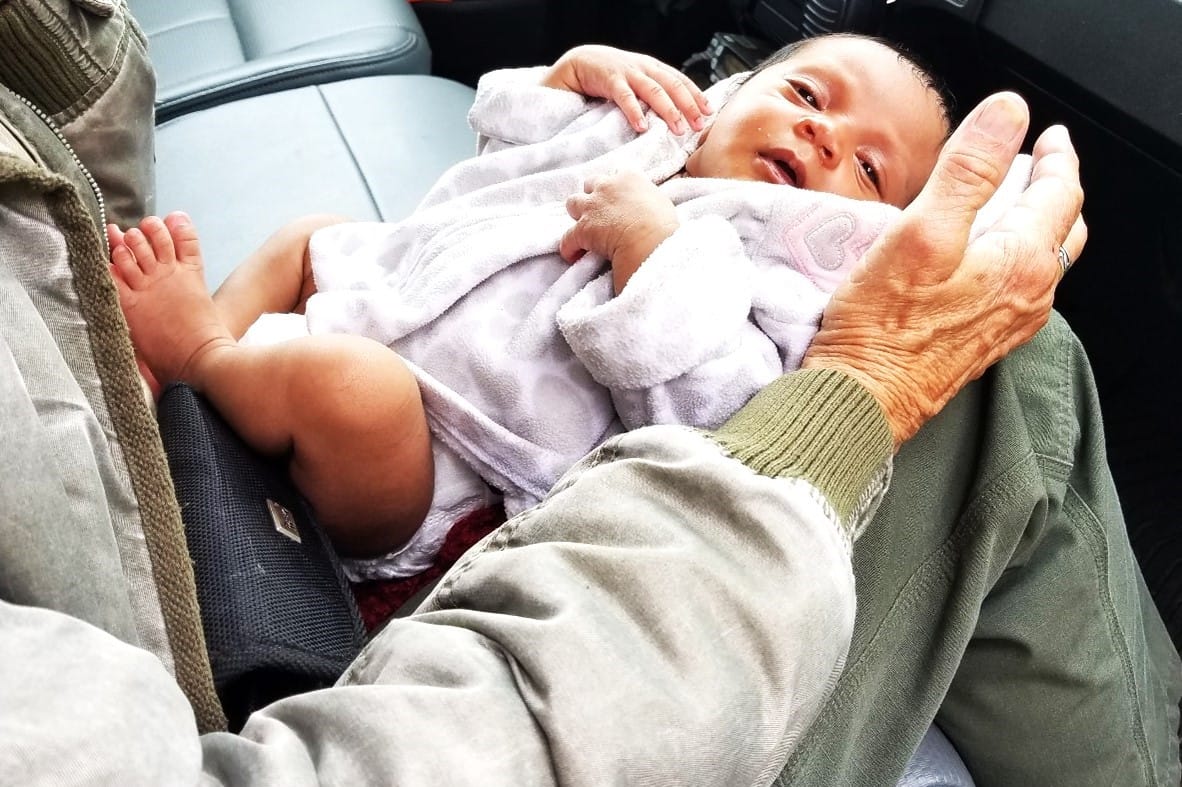Tracing the Image of Eve: A Homeless Woman in San Diego

The Voice of Leaves
On a very strange occasion, a woman screamed with considerable power, her voice tearing through the air of late morning. The setting was an urban park, not unknown to unbalanced individuals. Screams, loud cries of sorrow, would erupt on occasion and reverberate through canyon walls and otherwise quiet neighborhoods. Yet, this situation was distinct for its many nuances, and, even now, remains uppermost in my memory. There she was, like the image of primordial Eve, a Cherokee woman of lithe stature screaming at (and through) all four of us, as we approached her through a landscape of fallen leaves.
As park rangers, we were obliged to investigate her unauthorized camp, determining the extent to which social services, law enforcement, and cleanup were needed. Familiar with such scenes, and aware of the dangers they posed, we approached with equal parts of caution and curiosity. Once there, we encountered a tent and some scattered belongings arrayed at the bottom of an embankment, remnants of a complicated life moldering softly. Half a loaf of bread, bits of soiled paperwork, and items of clothing--fit only for our mild climate--lingered in the shade. And the tree where she sheltered was also of interest, an enigma as vulnerable and oddly situated as its tenant--the woman who identified herself as Eve.
Who was she?
Sovereign and Secretive
Guided by her invented persona, we tried to discover Eve's true identity, unsuccessfully searching databases as the morning expired. The eventual goal was to secure services for her, creating options for a better life--we hoped. At any rate, we deemed it unacceptable--and unlawful--for her to dwell in the canyons of Balboa Park, in San Diego's unmerciful urban landscape. But what was her opinion on the matter? This aspect of the story was more straightforward; after a bit of conversation, it became obvious that Eve was not entirely fit to make life choices, determined, as she was, to subsist on land that offered few edible plants and numerous dangers. But in the course of our encounter, another life came into view. Eve had a two-month-old baby.
After giving birth, she somehow entered the canyons of Balboa Park, electing to forage and seek shelter under trees, proud of her status as a "sovereign citizen." So, on that morning, we faced a complex set of questions regarding individual rights, the stewardship of urban parks, and, not least, child safety. It was quite a strange puzzle, made all the more difficult by Eve's compelling screams.
Through it all, however, Baby Melannie slept peacefully in the arms of my colleague, unaware of the life that awaited her. She was sweet and mercifully unscathed by her surroundings, dependent on a strange array of adults for her safety. Indeed, Melannie was the focal point of our collective concern. But what about the baby's mother, a woman who dwelled quietly in the canyons of our city? More than anything, I recall that she possessed a spirited determination to fight the system.
So powerful was our lady's resistance, that she resembled the image of primordial Eve, mother of the ages--a woman at liberty to roam creation and determine the fate of her descendants. But what about our Eve, a mother residing in Balboa Park, a dysfunctional model of Eden? On that strange day, her portrait took shape before our eyes, a woman of formidable resolve who declined every form of assistance we could offer.
Indeed, six hours later, after the intervention of four park rangers, a police officer, a sergeant, Child Protective Services and a CPS supervisor, nothing was accomplished, and Eve continued to forage on public land with Melannie in her care. In the end, mother and child disappeared into the urban wilds, destined to face a life most people cannot imagine. Even now, this image is tragic and beautiful, like a tapestry with frayed edges.
Epilogue: The Portrait Continues to Emerge
Eve remained a mystery. Here, The Unknown Masterpiece by Honoré de Balzac becomes a useful point of reference. As a piece often associated with the Book of Genesis, it fits well with our own story of Eve. With this in mind, we move from the idea of a written narrative to the surface of a painting, the visual expression of Eve and her world.
In Balzac’s tale, Frenhofer, the old master, has produced his final work after ten years of labor, the delicate lines of a woman’s foot emerging from an eruption of color. Although in conflict with her environment, the woman is, nonetheless, moving forward into her own means of expression, slowly advancing upon the gaze of viewers. The subject of this masterpiece, the courtesan Catherine Lescault, resembles a type of Eve.
Trapped in formless obscurity, Lescault is both captive and captivating, much as I imagine our own Eve to be. And, like the painted image, our Eve hovers somewhere in the midst of things, powerful in her powerless situation and surrounded by innumerable colors. Remarkably, although she must face the dangers of the urban night alone, and provide for her child by her wits, our protagonist evades all pursuers. In her captivity, our own Eve has found an undeniable form of freedom. And with this in mind, all that remains is for us to arrive at our own depiction of this woman, perhaps taking Balzac’s story as a point of departure. What might our own creation resemble, taking all the complexities of Eve into consideration?
To trace her image, with accuracy and fairness, is to think back upon the fragrance and sunlight of the morning in question, to recall the sound of Eve’s bare feet traversing dirt and leaves, to see the face of her baby, and to feel the power of her scream tearing through us on that hillside.

